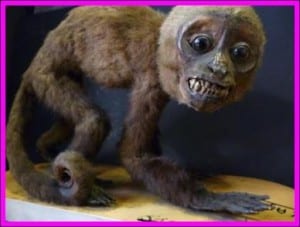Specimen of the Week: Week 137
By Jack Ashby, on 26 May 2014
 The cost that museums have to dedicate to caring for individual objects is determined by a number of factors. If it’s particularly fragile or susceptible to the elements it might need to be housed in a controlled climate or stored in specialist materials. If it’s particularly desirable it may need souped up security measures. If it’s particularly large then museums have a whole feast of troubles – one giant object will take up the same space as dozens of smaller ones; they are very difficult to move; and they require huge amounts of equipment to prepare and store. This is why you don’t get 30m blue whales stored in jars – just think how much alcohol that would take, and how thick the glass would have to be.
The cost that museums have to dedicate to caring for individual objects is determined by a number of factors. If it’s particularly fragile or susceptible to the elements it might need to be housed in a controlled climate or stored in specialist materials. If it’s particularly desirable it may need souped up security measures. If it’s particularly large then museums have a whole feast of troubles – one giant object will take up the same space as dozens of smaller ones; they are very difficult to move; and they require huge amounts of equipment to prepare and store. This is why you don’t get 30m blue whales stored in jars – just think how much alcohol that would take, and how thick the glass would have to be.
Fortunately for natural history museums, most big animals start off pretty small, so there’s a way we can cheat the system. If we use baby animals in our collections we can avoid the problems caused by largeness, and still have the species represented. This week’s specimen of the week is… (more…)
 Close
Close




